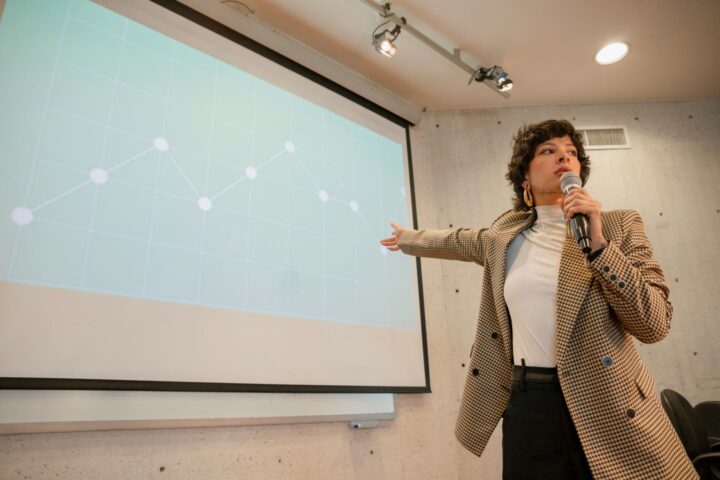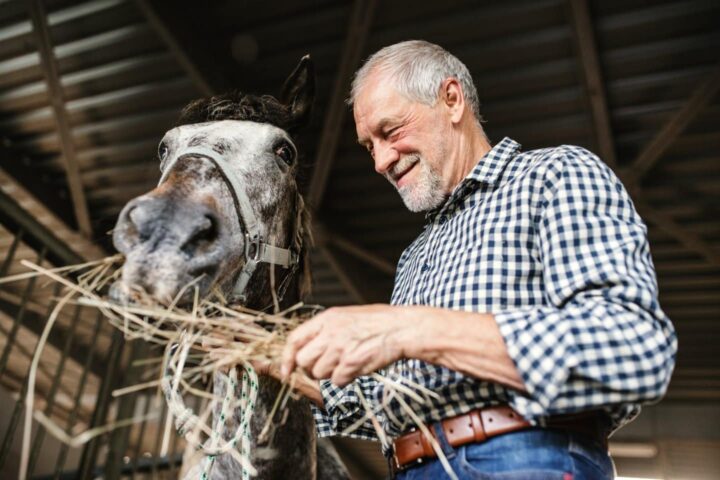A fascinating study published in the National Science Review reveals the secrets of caddisfly swarming behavior and its disappearance 50 million years ago.
Key Findings:
- Mid-Cretaceous amber reveals caddisfly swarming behavior, dating back to the Triassic.
- Swarming likely began in the Triassic but was lost around 50-53 million years ago.
- Rise of echolocating bats led to predation pressure, causing caddisflies to abandon swarming behavior.
- Caddisflies lack sound-detecting organs, making them vulnerable to bat ultrasound.
Research Insights:
Professor Dong Ren and Dr. Jiajia Wang’s team analyzed mid-Cretaceous amber and reconstructed the evolutionary history of caddisfly swarming.
*Phylogenetic analysis revealed swarming as a synapomorphy of Trichoptera.
*Ancestral trait reconstruction confirmed swarming behavior in ancient caddisflies.
The Impact of Bat Predation:
- Echolocating bats emerged during the Paleocene or Early Eocene.
- Caddisflies, unable to detect bat ultrasound, faced significant predation pressure.
- Swarming behavior was repeatedly lost in various caddisfly clades.
Implications:
- Bat predation reshaped the behavioral landscape of Trichoptera during the Cenozoic.
- Trichoptera diversity lagged behind Lepidoptera during the Cenozoic, potentially due to novel predator pressures.
Reference:
Wang et al. (2024). Swarming caddisflies in the mid-cretaceous. National Science Review. DOI: 10.1093/nsr/nwae227
Share Your Thoughts:
How do you think the rise of echolocating bats impacted the evolution of insect behavior?

















